A central figure in the mid-century New York school of painting, Willem de Kooning was trained in Rotterdam in commercial arts. He emigrated to the U.S. in 1926 and worked initially as a house painter, and as an artist for the Works Progress Administration.
By the 1940s, de Kooning had developed an abstract style distinguished by thick, heavily worked surfaces and vigorous brushwork. He then shocked the art world in 1953 by returning to figuration at the moment of abstraction's greatest success. His flattened depictions of women provide both a critique of Western standards of beauty and an exploration of male sexual fantasies and anxieties.
De Kooning's later period focused mainly on abstracted landscapes. In the 1980s, in failing health, he developed an entirely different abstract style, using primary colors and open, ribbonlike forms.
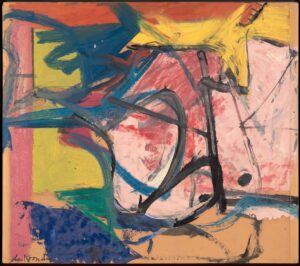 Willem de KooningThe Springs1955
Willem de KooningThe Springs1955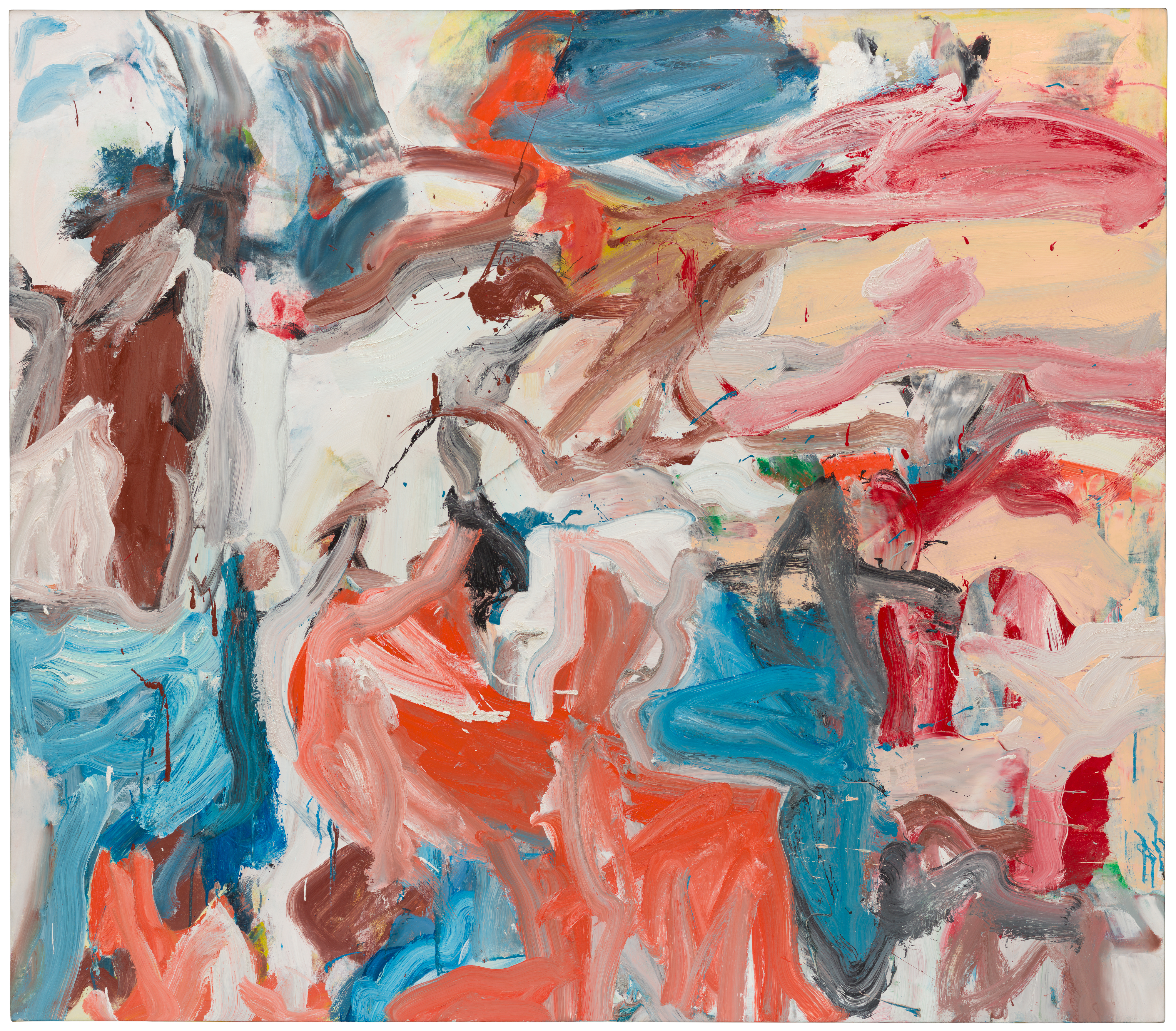 Willem de KooningUntitled XIV1976
Willem de KooningUntitled XIV1976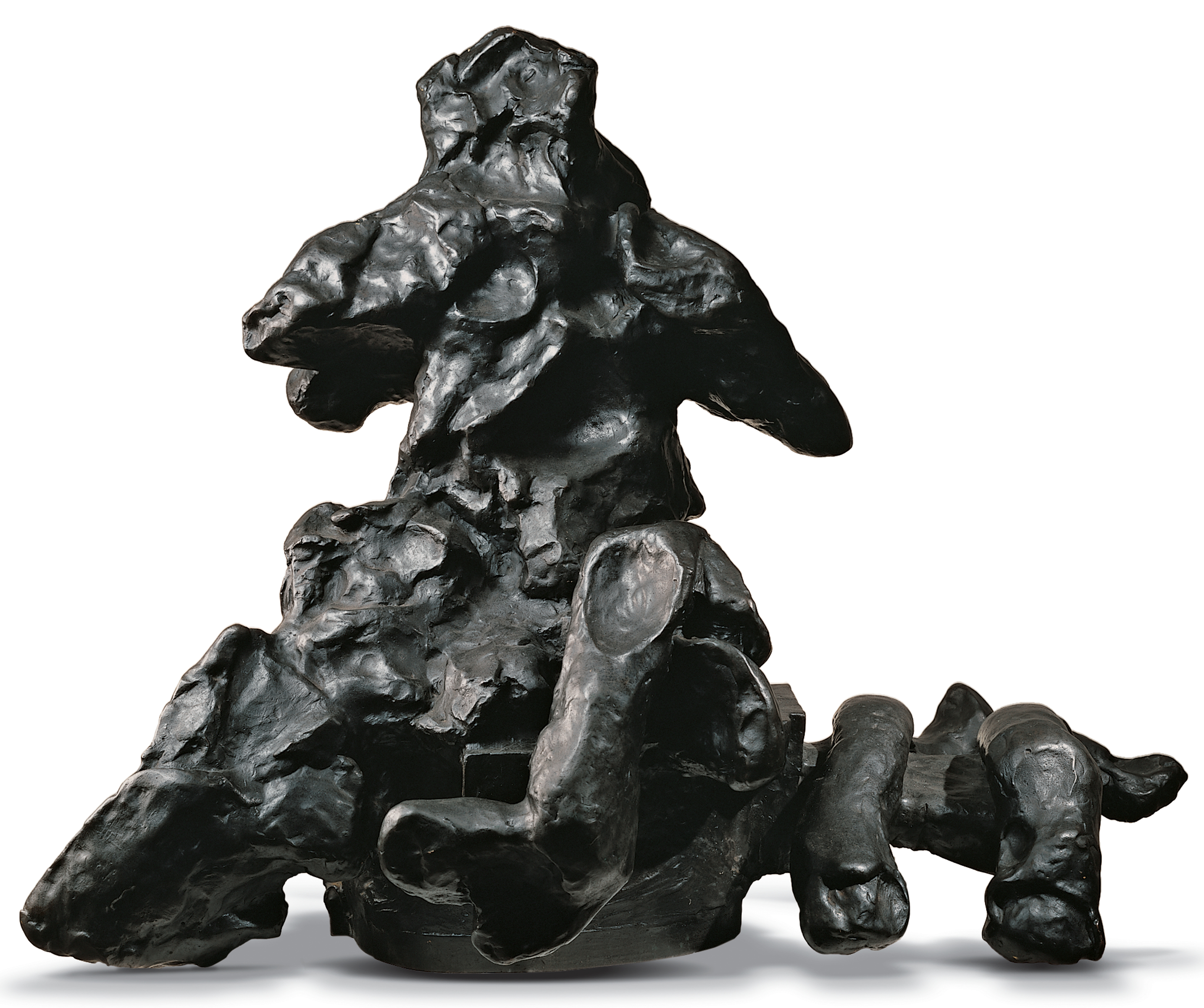 Willem de KooningSeated Woman1969, cast c. 1970
Willem de KooningSeated Woman1969, cast c. 1970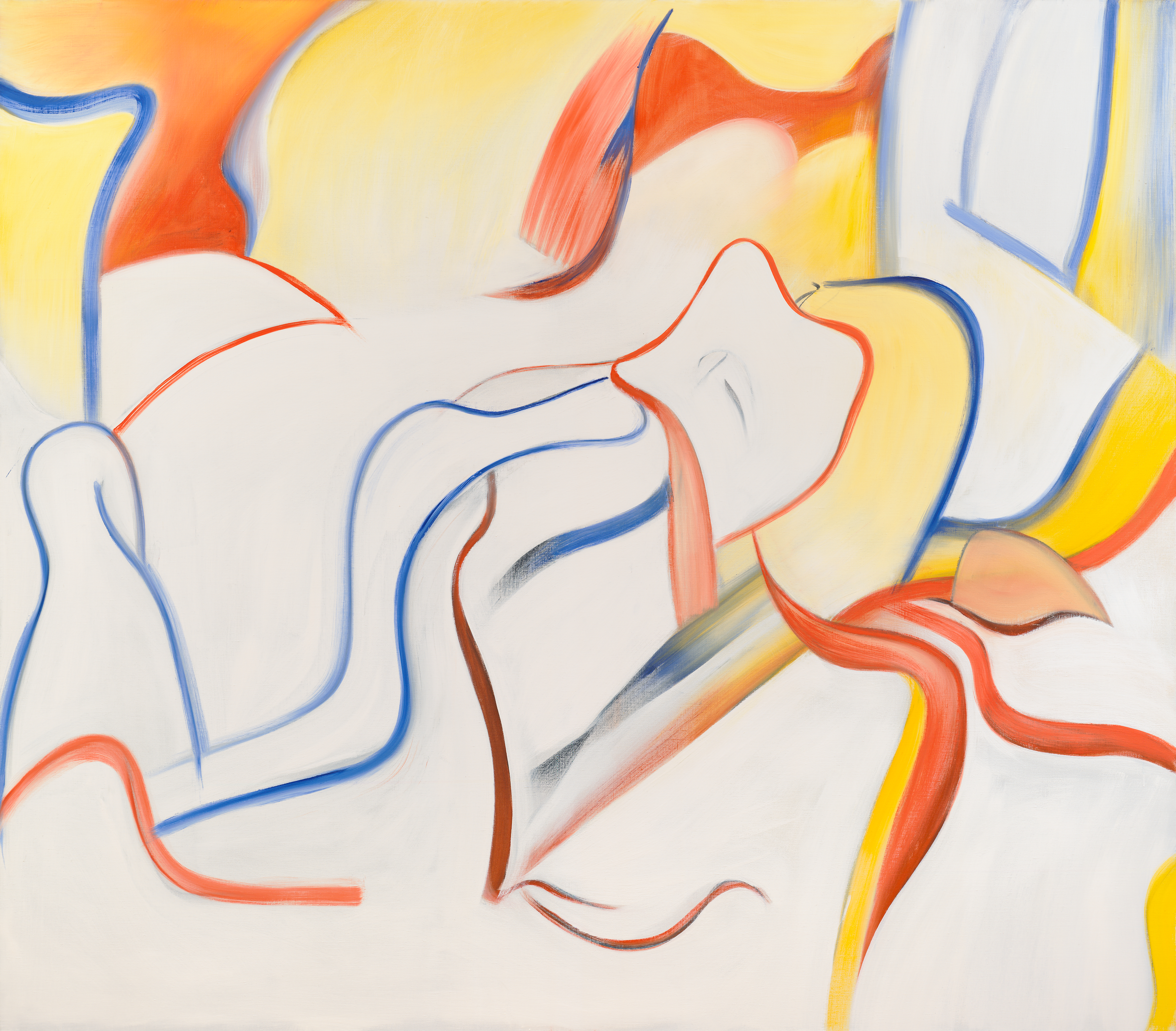 Willem de KooningUntitled XIX1983
Willem de KooningUntitled XIX1983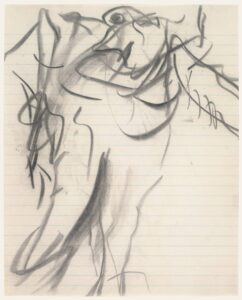 Willem de KooningWoman1965–1967
Willem de KooningWoman1965–1967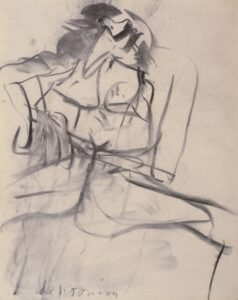 Willem de KooningUntitled1968
Willem de KooningUntitled1968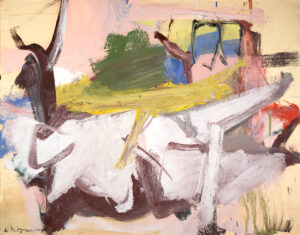 Willem de KooningReclining Figure1962
Willem de KooningReclining Figure1962